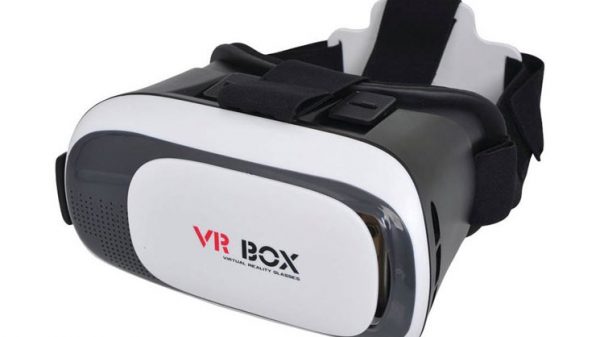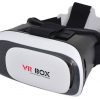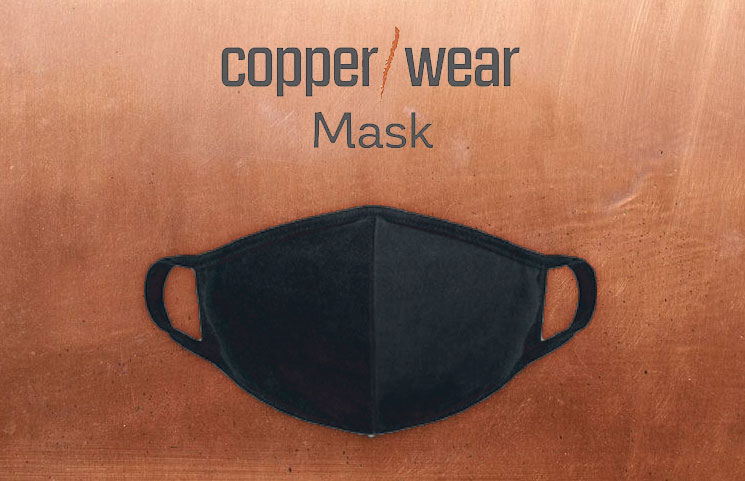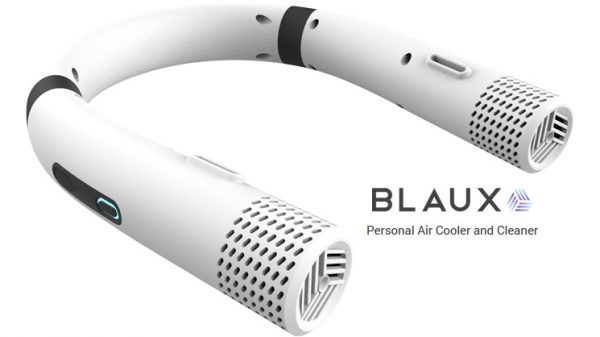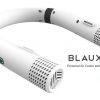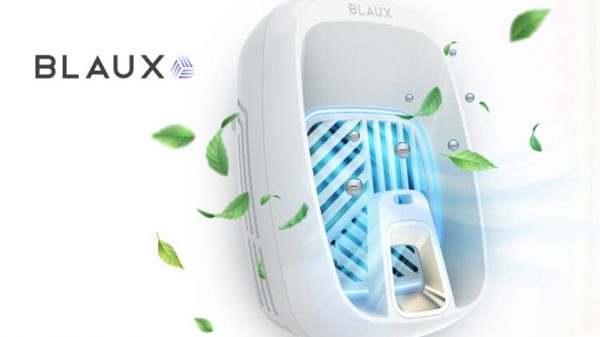SignalVault is a signal-blocking device for your wallet designed to protect the owner from digital criminals who skim data from credit cards wirelessly. The product was a featured Shark Tank product, so it's recently gained a lot of exposure.
As assistive technology experts, we wanted to review SignalVault's ability and functionality to protect your debit and credit card information by giving you the legitimate RFID blocking security all of us might need in the near future.
Both the Signal Vault products and the idea of this type of security in general are taking off in the United States, largely because of the popularity of the Shark Tank show.
But what's this all about, and do we really need RFID blocking in our lives? (What is RFID blocking, anyway?) Most people don't even realize their credit cards are changing our about to change, so they don't really understand what SignalVault is all about and why anyone would need it.
Here's a guide to why Signal Vault exists, and how the world of credit cards is changing dramatically right before our very eyes.
Why Does Signal Vault Exist?
Signal Vault makes their products to protect your data from a new style of crime. High-tech thieves are now able to steal your personal data (i.e. credit card numbers) without having to actually handle your card at all.
The thieves can simply brush up against your wallet or purse with a laptop-containing briefcase and then walk away with your numbers, all without you knowing anything took place.
The SignalVault product is a security measure used by people concerned about this type of credit card fraud, and to a lesser extent, other types of data loss.
Why is this sort of criminal activity suddenly possible?
The protection offered by Signal Vault wasn't always necessary. But with the development of new technology and the recent widespread use of that technology makes it more and more necessary.
You see, credit cards are changing (so are drivers licenses, passports, and even subway cards). Increasingly, they are embedded with a chip which stores your personal data right on the card itself.
The chip is designed to connect with a reader when both are placed in close proximity to each other. When you make a transaction at a retail location, for example, the store's reader takes your credit card info from the chip in order to create and verify the transaction.
The problem is, criminals have figured out how to steal the personal info from your card too, using their own readers.
What was wrong with the magnetic stripe on credit cards?
Old-style credit cards used a magnetic stripe to store your data. This was an unchanging set of data (i.e. your credit card number) that was transmitted after you swiped the card in the store's reader.
The problem with that was: anyone could swipe the strip and get your info. Once they had your data, they could use it to duplicate your credit card physically and go shopping. Until you noticed, it was a free-for-all on your credit card account.
Credit card companies have been wonderful about not making you liable for fraudulent purchases. They reimburse the card-holder and everyone's happy.
Well, not everyone…whoever has to eat that fraudulent purchase isn't too excited about it! It's usually a squabble between the credit card company and the merchant. When fraud is reported, the card-issuing company asks the merchant to supply them with a copy of the signed transaction slip. They're essentially asking the merchant to prove they took the appropriate measures against fraud.
Of course this system has a lot of flaws…what about phone and internet transactions? The rise of e-commerce pretty much makes this whole “prove it with a signature” concept useless for the most part.
The new technology cards change all that. Here's how they work.
How are the new credit cards different?
If you've heard of “chip-embedded” credit cards then you've already come across the new style of data transmission. There are several names for the new cards:
- EMV cards (stands for “Europay, Mastercard and Visa”)
- Smart cards
- RFID cards
- chip cards
- chip and PIN cards
- ICC cards (see below for what that stands for)
To avoid the security problems with the old magnetic stripe on credit cards, these new cards have the data stored on a micro chip.
The main attraction of the chip technology is that the chip in your credit card changes the transaction info each time you use the card. That way, even if someone steals the info it won't be useful next time because it's all changed up each and every time it's used. The old magnetic stripes simply stored static data and didn't have a computer in them to change it every time, of course.
How does these chip cards work?
This type of crime is now possible because of the new-style RFID cards being issued by banks and credit card companies. It's an integrated circuit chip (ICC) smaller than a grain of rice and it's embedded into the credit card itself.
Now, that chip can be read in one of two ways. It can be “dipped” at retail POS locations. It's much like dipping your ATM card…push it into a slot, wait, then pull it out once it's been read.
The second way an EMV card can be read is wirelessly, and that's where the security breach can happen. Some EMV cards are equipped with technology that enables them to be read wirelessly. This technology is called radio-frequency identification (RFID) technology.
RFID allows the card's chip to be read without contact, so it's also often called a “contactless card” when this capability is present. In this case, you use your card simply by tapping it on the retail location's reader.
Here's where the thieves come in.
The problem isn't with the chip…it's with the RFID capabilities. Wireless is the key issue because fraudsters can hack into wireless using their own proximity readers. They typically have a laptop which they conceal in a briefcase. The laptop is all set up with RFID-reading software, sort of like a scanner.
The most popular types of locations for stealing your data from a chip-enabled card are wherever it's crowded and chaotic (that's why it's called “crowd hacking”):
- sports events
- shopping malls (physical ones!)
- public transportation
- airports
Wherever someone can bump up against you or be very close without you noticing, that's an opportunity for someone to steal your stuff with RFID scanners. It's called “RFID Skimming” and it's a form of electronic pickpocketing or digital theft.
What's RFID-blocking? Here's how SignalVault works.
Now here's where Signal Vault comes in. Signal Vault products, when placed in your wallet, will protect the credit cards inside from transmitting their data wirelessly.
The product blocks any scanner from reading the radio signals. It uses what is called “E-field technology”, which is much more than a physical block.
The chip in a Signal Vault actually detects nearby scanners! It also uses two forms of protection for your cards:
- It uses white noise to scramble your data.
- It also uses a signal-blocking component
That's dual-stage protection, which is why Signal Vault is better than other RFID-blocking techniques out there. It won on Shark Tank and has had rave reviews from critics and from the public.
You may have read that you can protect your data with tin foil…but that's not dual-stage protection! Also, do you really want to wrap all your cards in aluminum foil? It's inconvenient and plus it looks silly…you might as well be wearing a tin hat to protect your brain from aliens!
Available Signal Vault Products
SignalVault products look sort of like credit cards themselves. You slip one in each half of your wallet, so you have a “credit card sandwich”, the SignalVault pieces acting like the bread. For a bi-fold wallet you slip one in the left side of the wallet behind the cards. The second SignalVault goes in the right side of the wallet behind the cards. You just have to make sure the SignalVault logo is facing outwards so it can do its job.
It's a similar procedure for a wallet that stores cards vertically.
Here's the product lineup:
- 10-pack SignalVault Credit & Debit Card Protector: $149.95 (on sale for $99.95)
- 50 SignalVault Credit & Debit Card Protectors: $450
- Shark Tank Special: 2-pack SignalVault Credit & Debit Card Protector: $24.95 (usually $29.95)
- Passport Vault RFID Protective Travel Organizer $14.95
All in all, as assistance and technology begin to merge that ideally make our lives easier – you have to ask and justify to yourself – how sensitive and urgent is it for you to have peace of mind in knowing your data is safe from crowd hackers?
Of course everyone wants to know their financial information and credit/debit card data is protected – but are you willing to pay the price? Let us know in the comments below, we look forward to hearing about your feedback on whether or not you fancy the SignalVault RFID blocking credit and debit card protector.

